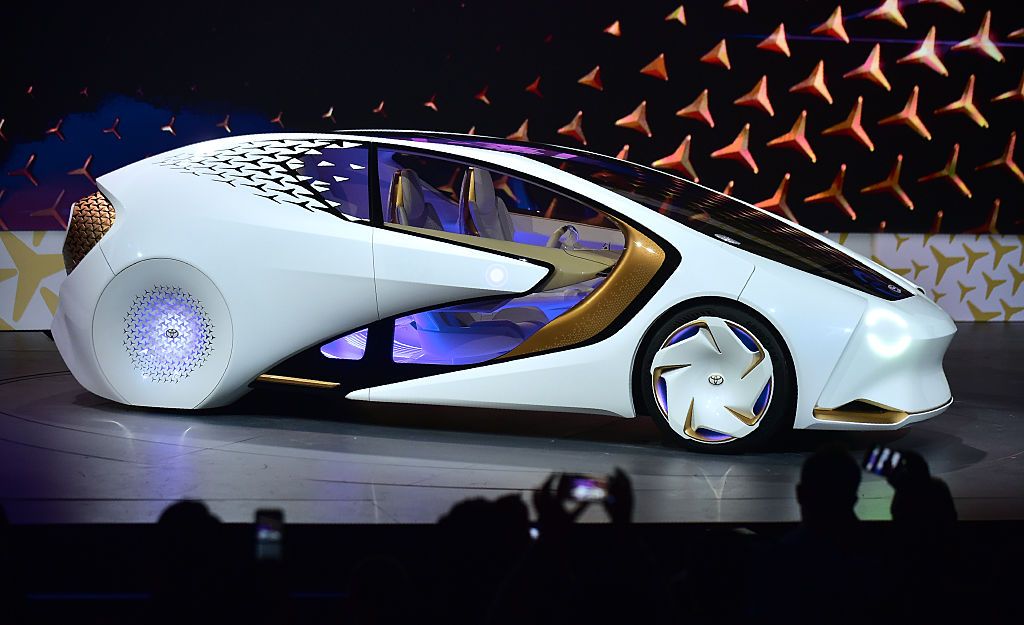The focus of this blog is the aesthetic appearance of automobiles. For that reason, I seldom include more than one car in an image. And in those comparatively rare cases, three cars is the usual maximum.
In the real world, especially on busy streets in large cities, one sees clumps of cars. They are part of the environment, their styles contributing to the overall visual effect.
So, for a change of pace, below are some streetscape scenes photographed 1926-1930. Few of the cars shown were designed by professional stylists. They seem awkward to our eyes, and probably also would have to an observer in, say, 1940. They reflect the automotive technological level of the 1920s, when most were built (some in the images might have rolled off the assembly line before then, but were still in use). Perhaps the most striking thing I notice from photos taken from above pedestrian eye level is the cars' roofs. For enclosed sedans, they are nearly flat and fabric-covered.
Gallery
Toronto: North from Queen & Yonge - 31 August 1929
All the cars heading toward us have exterior sun visors, a feature eliminated in the early 1930s when stylists began considering aerodynamics (albeit in a superficial way).
Chicago: Michigan Avenue - 1929
Interesting that there are no lane markers -- only a direction separation stripe. That's the Tribune Building at the far right.
Los Angeles: Parade zone for Charles Lindbergh visit - 1927
Closed sedans are in the background, so all these open-top cars were probably to appear in the parade carrying dignitaries.
Los Angeles: Southern California Auto Club - 1926
South of downtown, just north of the University of Southern California campus. Most cars seen here are from the late teens or early 20s.
New York City: Opening of the Holland Tunnel under the Hudson River to New Jersey - 1927
This comes fairly close to the charcoal sketch above. Before the tunnel was built, cars had to be ferried across the river, so many New York and New Jersey drivers were highly excited and in a rush to give the more convenient tunnel a try.
Washington, DC: Gasoline station
A change of pace, tranquil scene. I include it because it's in color.
London: Burney Streamliner - c. 1930
Well, not all cars in those days were boxy.
Read More
In the real world, especially on busy streets in large cities, one sees clumps of cars. They are part of the environment, their styles contributing to the overall visual effect.
So, for a change of pace, below are some streetscape scenes photographed 1926-1930. Few of the cars shown were designed by professional stylists. They seem awkward to our eyes, and probably also would have to an observer in, say, 1940. They reflect the automotive technological level of the 1920s, when most were built (some in the images might have rolled off the assembly line before then, but were still in use). Perhaps the most striking thing I notice from photos taken from above pedestrian eye level is the cars' roofs. For enclosed sedans, they are nearly flat and fabric-covered.
Toronto: North from Queen & Yonge - 31 August 1929
All the cars heading toward us have exterior sun visors, a feature eliminated in the early 1930s when stylists began considering aerodynamics (albeit in a superficial way).
Chicago: Michigan Avenue - 1929
Interesting that there are no lane markers -- only a direction separation stripe. That's the Tribune Building at the far right.
Los Angeles: Parade zone for Charles Lindbergh visit - 1927
Closed sedans are in the background, so all these open-top cars were probably to appear in the parade carrying dignitaries.
Los Angeles: Southern California Auto Club - 1926
South of downtown, just north of the University of Southern California campus. Most cars seen here are from the late teens or early 20s.
New York City: Opening of the Holland Tunnel under the Hudson River to New Jersey - 1927
This comes fairly close to the charcoal sketch above. Before the tunnel was built, cars had to be ferried across the river, so many New York and New Jersey drivers were highly excited and in a rush to give the more convenient tunnel a try.
Washington, DC: Gasoline station
A change of pace, tranquil scene. I include it because it's in color.
London: Burney Streamliner - c. 1930
Well, not all cars in those days were boxy.





































